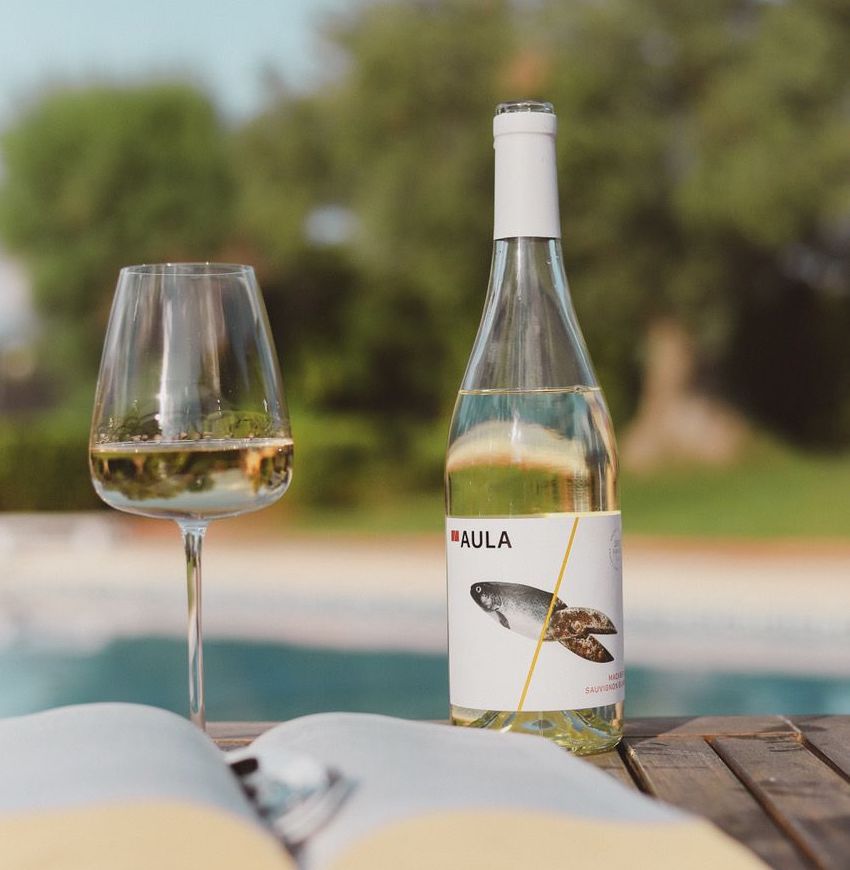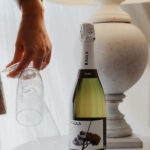If the world of wine sometimes seems complicated (some wine professionals seem intent on spoiling our enjoyment of a glass of wine) now there is an added “hurdle” in the form of the ideal choice of glass from which to drink your wine on a summer evening (or spring, autumn or winter…).
We start from the basis that, in the normal way of things, glasses are much of a muchness. Except for very particular exceptions, it doesn’t make much difference whether we drink wine from one type of glass or another (though it should always be from a glass, if possible. We are talking about glasses, not plastic cups or suchlike…).
Today we explore the best glass for particular wines. After reading this, you can decide whether to spend a little extra on glasses to add to your wine glass collection at home.
For a wine glass to be up to scratch, as we were saying, it should be made of glass, be perfectly smooth (without engravings or decoration of any sort), transparent and thin (one millimetre is the recommended thickness).
The stem (the part by which we hold the glass) and the foot or base (on which the glass rests on the table) must be large enough to allow us to pick the glass up without touching the bowl (the round part of the glass that holds the wine), so as not to transmit any warmth from our hands to the wine.
Some different types of glass (click to see and / or buy glass).
–Burgundy glass: This is a large glass, with a big bowl, a wide rim and a long stem. This glass allows the aromas to reach the nose more quickly. It is a good choice for wines that have spent time ageing in cask and in bottle. It’s perfect, for example, for our Adnos (with its 24-months ageing in French and American oak) or for our Enterizo Gran Reserva.
–Bordeaux glass: This glass has a more elongated bowl and a slightly more closed rim than the Burgundy glass. It is one of the most popular styles of wine glass, particularly in Spain. It’s perfect for younger wines or those with a little ageing. Its shape is ideal for concentrating fruit aromas. Just the thing for our Aula Bobal Tempranillo.
–Cabernet Sauvignon glass: Smaller than the Bordeaux glass. It is also ideally suited to young wines, especially those that are more fruit-driven, which should be served at a slightly lower temperature. The fact that it is smaller means that the wine stays cool for longer. It’s ideal for a wine like Enterizo Bobal.
-Chardonnay glass: This glass has a lower stem and a slightly shallower bowl. It is perfect for fruity white wines. Its smaller bowl means that the wine does not warm up too quickly. It’s ideal for wines like Aula Macabeo Sauvignon Blanc or, come to think of it, our Aula rosé.
-Dry white wine glass: This is a larger glass, with a longer stem and bigger bowl than the ones just mentioned. It is ideal for less aromatic white wines. Its larger bowl allows the aromas to waft upwards more easily. It works very well with wines like Aula Verdejo.
-Flute: This is the classic cava or champagne glass that we’re all familiar with. It has an elongated bowl, almost like a chimney. Its shape means that the fizz can escape without the bubbles disappearing too quickly after the bubbly is poured. It is the ideal glass for cavas such as Cava Enterizo Brut or Cava Aula Reserva Brut Nature (though there is a growing trend to use a chardonnay glass instead of a flute or tulip glass).
We recommend that you try it for yourself, and have a go at tasting the same wine from different types of glass. You’ll notice the difference…







